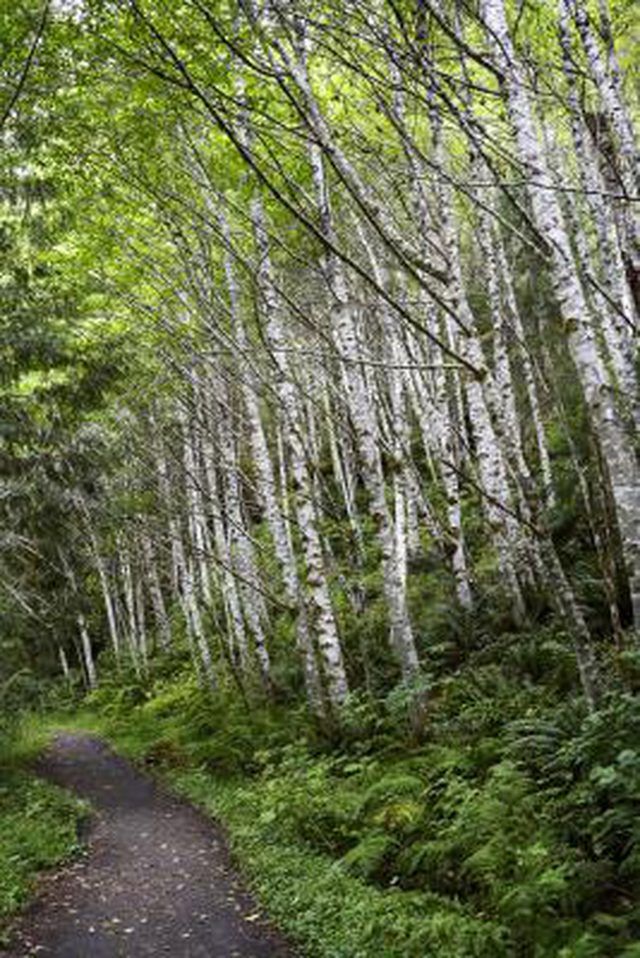Bulbs
Flower Basics
Flower Beds & Specialty Gardens
Flower Garden
Garden Furniture
Garden Gnomes
Garden Seeds
Garden Sheds
Garden Statues
Garden Tools & Supplies
Gardening Basics
Green & Organic
Groundcovers & Vines
Growing Annuals
Growing Basil
Growing Beans
Growing Berries
Growing Blueberries
Growing Cactus
Growing Corn
Growing Cotton
Growing Edibles
Growing Flowers
Growing Garlic
Growing Grapes
Growing Grass
Growing Herbs
Growing Jasmine
Growing Mint
Growing Mushrooms
Orchids
Growing Peanuts
Growing Perennials
Growing Plants
Growing Rosemary
Growing Roses
Growing Strawberries
Growing Sunflowers
Growing Thyme
Growing Tomatoes
Growing Tulips
Growing Vegetables
Herb Basics
Herb Garden
Indoor Growing
Landscaping Basics
Landscaping Patios
Landscaping Plants
Landscaping Shrubs
Landscaping Trees
Landscaping Walks & Pathways
Lawn Basics
Lawn Maintenance
Lawn Mowers
Lawn Ornaments
Lawn Planting
Lawn Tools
Outdoor Growing
Overall Landscape Planning
Pests, Weeds & Problems
Plant Basics
Rock Garden
Rose Garden
Shrubs
Soil
Specialty Gardens
Trees
Vegetable Garden
Yard Maintenance
The Life Cycles of Birch Trees
The Life Cycles of Birch Trees. Birch trees are water-loving trees that grow as high as 100 feet tall at maturity. Birch trees grow throughout much of the United States and live for a century or more.

Birch trees are water-loving trees that grow as high as 100 feet tall at maturity. Birch trees grow throughout much of the United States and live for a century or more.
Seed
Mature birch trees reproduce by producing seeds. When the seeds are in the right growing conditions, including a slightly acidic, moist soil, they will germinate and begin growing. Under ideal conditions, a birch tree seedling or sapling will grow as much as 1 foot per year.
Sapling
Maturing birch trees grow quickly. The most rapid growth periods occur when the tree is young. This is also the best time for gardeners to prune and train the birch tree, as it is more likely to heal quickly and not retain serious scarring from the pruning process.
Mature Trees
Mature birch trees begin the cycle of reproduction again, putting out flowers and seeds. Mature birch trees are more likely to be pest- and disease-resistant. As trees near the end of their life cycles, they begin to decline and produce fewer leaves and blossoms each year.